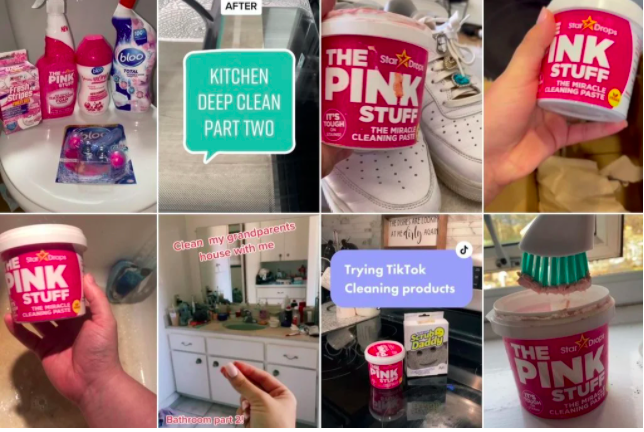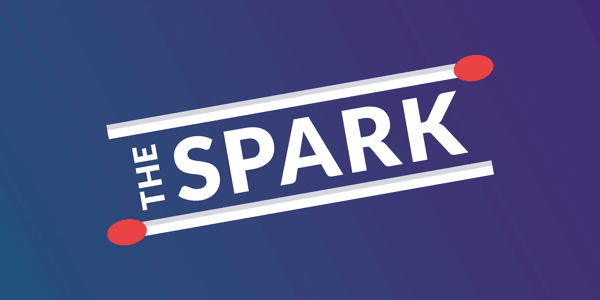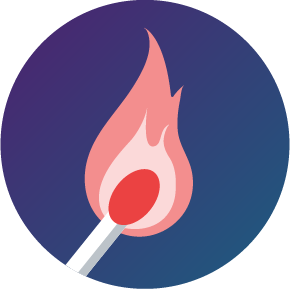Media Metrics That MatterYou know in school when you’d spend two hours on an assignment only to find out you took notes on the wrong chapter? This feels a bit like that. A study from the Association of National Advertisers found that the most used media KPIs by marketers are, well, not the most important.
The five most used metrics in media are CPM (cost per thousand impressions), CPC (cost per click), ROI/ROAS (return on investment/return on ad spend), unique reach, and site visits. While easy to measure, most of these KPIs (with the exception of ROI/ROAS) don’t necessarily correlate to sales, can be altered by bots, and are unreliable in an evolving digital landscape. The study found the best KPIs to track include exposed ROAS, brand safety, customer lifetime value, and conversions.
Class is in session, marketers. Take notes: The most effective and valuable media KPIs have one thing in common — they’re all outcome- and quality-based. Shifting toward a qualitative approach is increasingly relevant for marketers as investments in media are expected to drive measurable results and provide the C-suite with insights that reflect business growth, like sales. Class dismissed!
TL;DR: The ANA revealed the most effective KPIs are outcome-focused — and often overlooked by marketers.
You’re HiredConsider Instagram your newest data analytics employee. No, seriously. Its newest update breaks down the nitty-gritty of Reels and Live data so you can better understand and track your content’s performance.
Here’s what’s new: Instagram Reels insights will include total plays, accounts reached, likes, comments, saves, and shares. Instagram Live insights will list accounts reached, peak concurrent viewers, comments, and shares. Most importantly, you’ll know what types of accounts you’re reaching and what content is actually furthering your business strategy. Curious about the percentage of views coming from follower vs. non-follower accounts? Instagram insights will let you know.
Insights may be the extra nudge your brand needs to start allocating efforts to the creation of Reels and Lives. The in-app ability to gauge audience response and test content performance is priceless, and savvy marketers will use that information to adjust their social media strategy accordingly. With Instagram’s impressive resume and 1 billion references, how could you not put it to work?
TL,DR: Businesses and creators on Instagram can better understand content performance through new insights.
Gimme a BoostEveryone needs a little pick-me-up sometimes, and LinkedIn’s latest update is the boost we needed (in addition to about six cups of coffee). The professional social platform announced an option that lets marketers “Boost” organic content, making it easier to turn your top performers into far-reaching paid posts. This feature seems strikingly similar to the “Sponsor now” feature, but with a new name and more ease of use.
Building a paid social strategy is a lot of work, and it’s never guaranteed your content will receive the engagement you seek. Boosting posts is different. It’s a simple but powerful content optimization tool that allows marketers to repurpose their best organic posts. By sharing content organically, you can see how your initial audience engages for free — and if the reactions are positive, you can boost the post with confidence that an even larger audience will continue to engage.
This is a great opportunity for brands to bridge the gap between organic and paid social while maximizing their efforts and effectiveness on LinkedIn. Now, off to Starbucks.
TL;DR: LinkedIn’s new “Boost” option lets marketers easily turn top-performing organic posts into far-reaching paid content.
What Lit Us Up
As Seen on TikTokImagine your product is featured in over 200 million videos, sees a 500% increase in sales, garners a #1 spot on Amazon, and earns coverage in top-tier outlets like TODAY and Yahoo all in under six months for the low, low price of $0. Sounds too good to be true, right? Well it’s the reality of a cleaning product called The Pink Stuff (yes, a cleaning product called The Pink Stuff) and a host of other seemingly novel products. Welcome to the world of viral TikTok products.
The Pink Stuff launched in January and caught the attention of “cleaning TikTok” — a popular video trend on the app in which users create a montage of cleaning endeavors while the latest song of the moment plays. The Pink Stuff’s bright packaging and satisfying results made it the perfect TikTok product and the aforementioned results were solely from organic social media (and zero marketing efforts).
From makeup to financial robo advisors, the range of products that have achieved viral status via TikTok reaches far and wide. If you think your brand can’t find an audience on the platform, think again. While we can’t guarantee your brand will go viral, you can find opportunities to tap into millions of TikTok subcultures and niche trends. While there’s some hesitancy among brands about the app’s younger demographics, the proof is in the pudding that TikTok can translate to real sales (Amazon even created a new page on its website for “internet-famous” products). So long “as seen on TV” because “as seen on TikTok” is the label brands want.
TL;DR: Marketers shouldn’t ignore TikTok, as virality on the platform can translate into real sales and brand recognition
(Was this email forwarded to you? Sign up here.)
|
-1.png?upscale=true&width=346&upscale=true&name=Tier%20One%20logo_color%20(1)-1.png)


